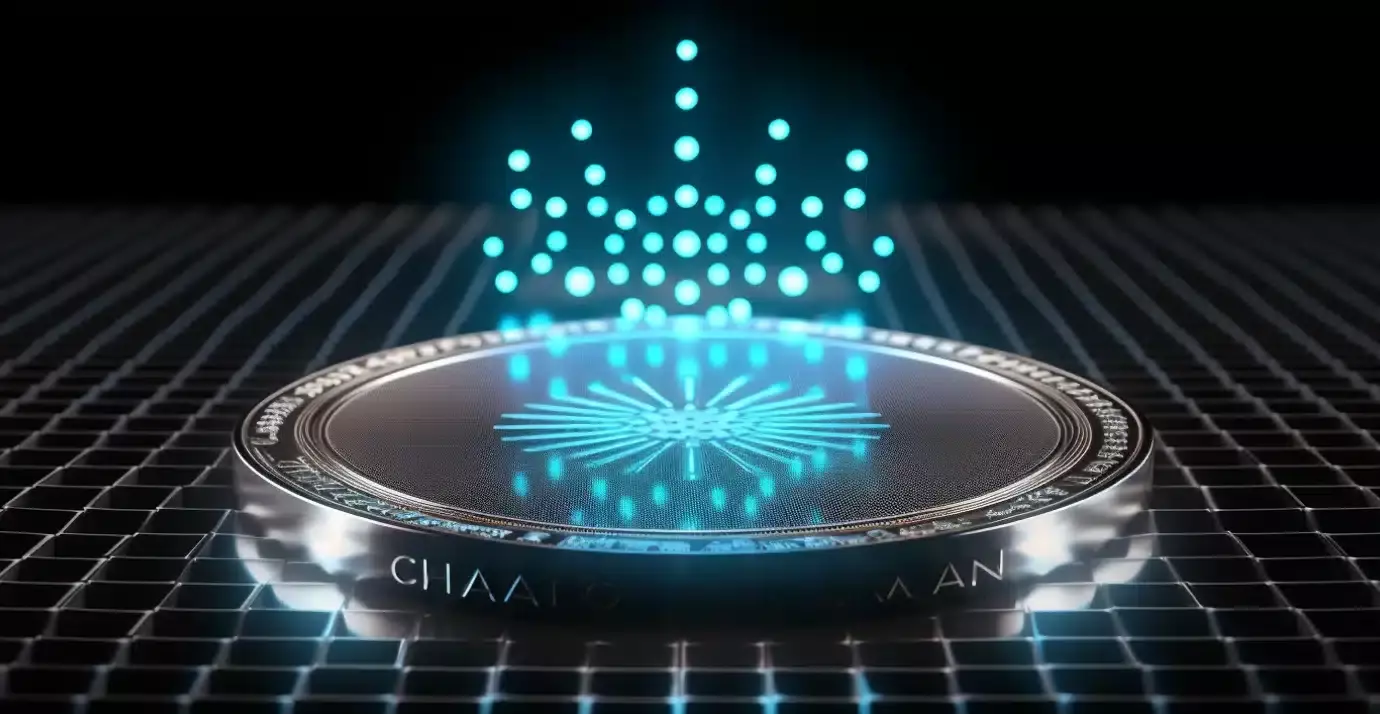Charles Hoskinson recently addressed concerns surrounding the development project known as Hydra within the Cardano ecosystem. There were rumors circulating that Hydra had been abandoned, but Hoskinson quickly dispelled these notions by stating that Hydra is actually more productive and motivated than ever. Hydra is a layer-two scaling solution that aims to enhance the transaction processing capacity of the Cardano blockchain at a lower cost.
Hydra serves as an open-source framework that allows developers to create off-chain ledgers, thus improving the efficiency of leveraging blockchain technology. The protocol operates through independent state channels called Hydra Heads, which enable simultaneous processing of multiple transactions off-chain. This ensures swift and efficient operations while maintaining Cardano’s decentralized principles.
While Hydra offers improved scalability and efficiency, its success ultimately depends on adoption by developers, businesses, and users. A research paper published by Cardano ADA delves into the technical complexities of Hydra, showcasing its potential to revolutionize blockchain technology. Hoskinson’s involvement aims to clarify any misconceptions and emphasize Cardano’s commitment to interoperability with chains like Ethereum.
Grayscale’s Dynamic Income Fund recently excluded Cardano, sparking discussions within the crypto community. The fund allows for staking cryptocurrencies to generate income, with assets from nine blockchains initially included. The absence of Cardano raised questions due to its lower yield of 3.05% compared to projects like Osmosis and Polkadot, which boast higher yields. Grayscale’s decision to include Solana and Ethereum over Cardano reflects a strategy of prioritizing projects with higher returns and market capitalization.
The inclusion of Solana and Ethereum in GDIF could potentially lead to price increases and enhanced security against 51% attacks. Solana and Ethereum are widely traded coins with a combined worth exceeding $540 billion, making them logical choices for investment. While Cardano may have been excluded from GDIF, its continued development of projects like Hydra show that the ecosystem is thriving and progressing towards innovative solutions in the blockchain space.

